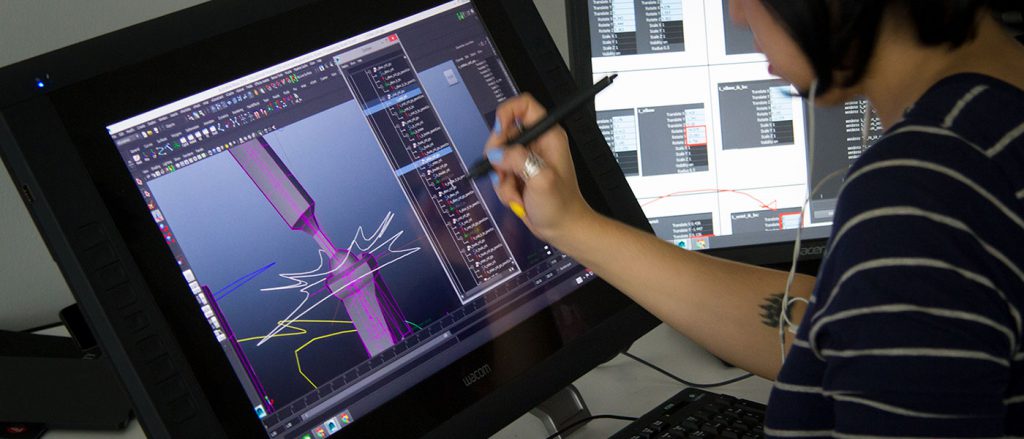
Mobile game development is a huge industry that is expanding and doesn’t show any signs of slowing down. About 62% of smartphone users install a game within the first week of purchasing their device, which means huge potential for profit and success. Opportunities for mobile game development are limitless, with advanced tools speeding up the process and giving the chance to deliver high quality content. You could even say that there was never a better time to create mobile games, but in reality it’s not that simple. Everybody sees potential. This results in fierce competition, which also means that only some mobile games recover their development expenditure.
Most of the time game designers come up with grand ideas, involving cutting-edge graphics, impressive storytelling and spectacular gameplay, but some of these dreams might be too big for an indie team. Consider if you have the resources to carry out your dreams, otherwise, it’s better to just do something small but certain. Making games requires focus and research of your target markets, not just engaging gameplay and great graphics. We suggest checking out these game development stages that will shine some light on how it’s done properly. Pay close attention, as every step is crucial.
1. Come Up With a Game Concept
Making games all starts from brainstorming and generating ideas. Once that is done, you need to flesh out the concept of the game. What’s the story, characters, how will they look, where do the live and what’s their purpose in life? Think of how the game is going to feel. Is it happy or sad, bright or dark, minimalistic or full details? In this stage you also decide on the genre of the game.
Let’s say, for example, you decide to go for a Candy Crush like arcade, and you choose to have chocolate and strawberry donuts in it, plus you want the game to have lots of bright colors, crazy sounds and so on. If you decide to go for a storyline game, you’ll have to come with plots and characters, develop some narratives and compelling environments, and also make sure everything blends in nicely with your gameplay vision. Whatever you choose to do, this stage is your ultimate playground. Let your imagination roam and go wild.
2. Is Your Game Relevant?
This stage is best to think through as early as possible. The reality is that not every concept works and proves to be relevant, so your job is to do some major research. Consider if your game would be popular among players. Would it be something completely innovative, do people even play such games? There is nothing wrong if you find similar games on the market, because you can always take a similar concept and make it a lot better. This of course doesn’t mean you should copy whole concepts and present them as your own. Research is important because it weeds out potential problems, and answers crucial questions before moving on to production.
3. Choose a Platform
Will you go for a single platform or cross-platform? Now that’s a pressing dilemma. It is convenient to avoid the question altogether and go for cross-platform, but there will be additional costs involved in making games for multiple platforms. The deciding factor should be your target audience. iOS and Android users are a different kind of breed, so you must do research and the most reasonable platform. Maybe both will work?

4. Game Development Strategy
No development is possible without the right instruments and team. One of the most important tools of development is the game engine. Your choice will greatly affect the way your game looks and feels. Sometimes developers decide that ready-made engines just don’t meet their demands and visions, so they build their own. But in most cases mobile game developers will just take what’s on the market. Once you’ve chosen your instruments, select who’s going to develop the game. Will you manage yourself, rely on the team, or hire an outsourcing company? It all depends on what you’re trying to achieve. You might have a very talented team of developers, but they could lack a certain skill that can easily be acquired through outsourcing. Mobile game development is all about finding the right people for a specific job.
5. Game Description
Now it’s time to write a highly detailed game description. It’s usually a lengthy document that includes facts and meticulous descriptions of game ideas, goals, settings, colors and visuals. The document also contains images, diagrams, concept art or any applicable media to better illustrate design decisions, plus descriptions of in-app purchases, social media integration. A game description is often referred to as a living document that is continuously improved throughout the project. The document may start off with only the basic concept outlines and become a complete, detailed list of every game aspect by the end of the project. Usually the document is created and edited collaboratively by developers and designers, and used to increase workflow and collaboration.
6. Development & Testing
During this stage game designers, artists and programmers finally get together to build the game. Artists will develop visuals – models, textures, provide animations for environments and characters of different levels. At the same time programmers will be busy writing code and setting the visual part into motion. Eventually everything will be linked together and made into a full-fledged game. Once that is done, the quality assurance team checks the games by playing them. If they find any bugs, programmers correct the mistakes. Now the game is ready to be launched.

7. Support & Marketing
We end our game development stages with a largely overlooked step. Launching your game isn’t the end of the line. Every game studio now needs to focus on marketing, promotion and spreading the news about your newborn mobile game. Keep in touch with players, listen to feedback and fix any mistakes that might arise. Though not every game needs it, regular updates are usually the key to user base growth and high retention rates. Analysis of modern hit games suggests that updates should be released every two to five weeks, and every other update should add more content to the game.
The Future of Mobile Games
Mobile media is rapidly taking over people’s lives. The daily time US millennials spend using mobile devices grew from 107 minutes in 2012 to 223 minutes in 2017. What is more, between 2016 and 2019, mobile internet usage time in the country is expected to grow from 155 daily minutes to 190 minutes per day, representing a 22.5 percent growth within the three years measured. Mobile web usage time is expected to account for roughly 14.2 percent of that time, with the remaining mobile internet time spent in-app. These tendencies show a dramatic shift in how people view entertainment, which is now largely focused on small touch-based screens. Probably explains why mobile game development is such a booming market where competition is now at its peak.





